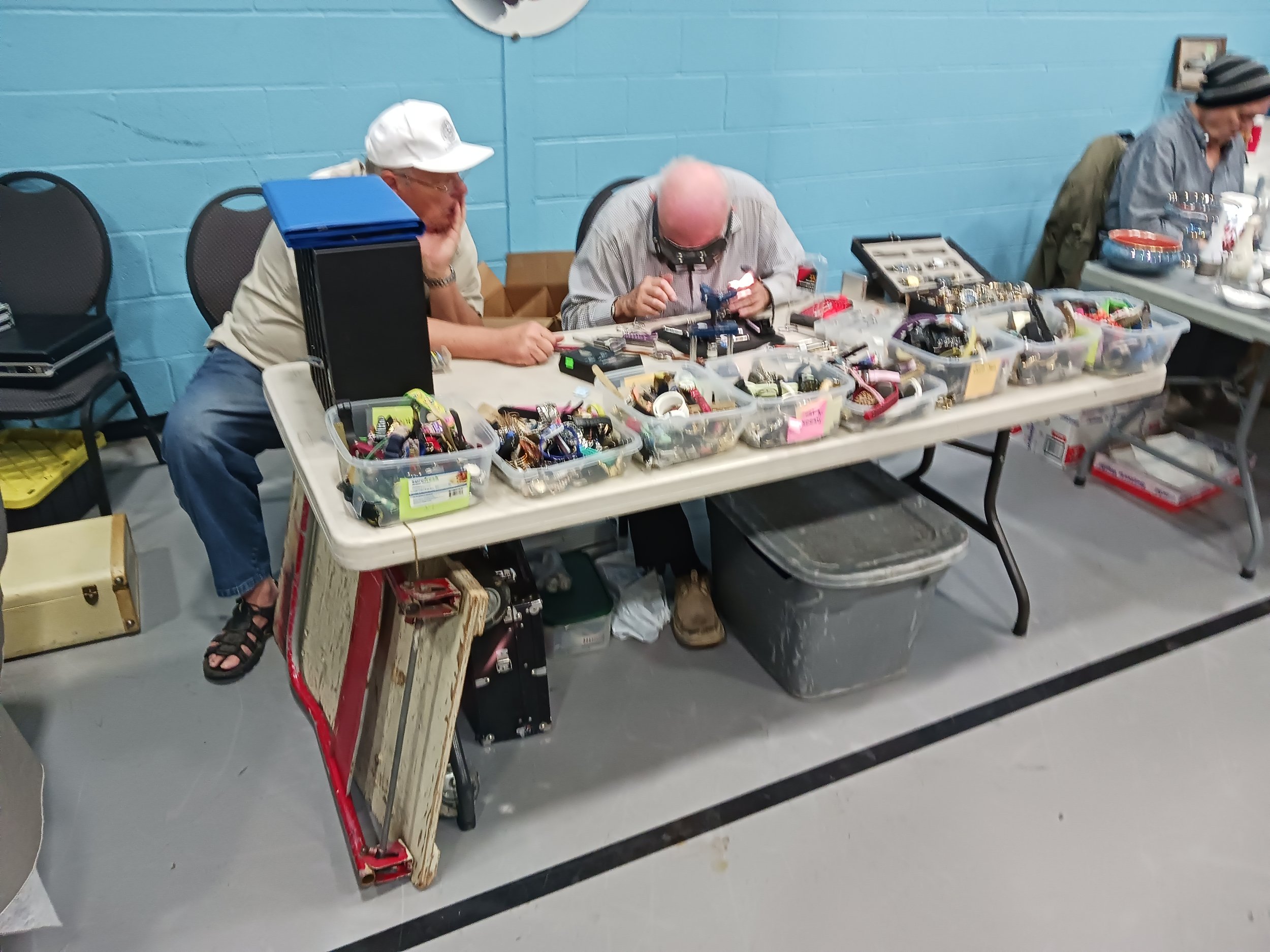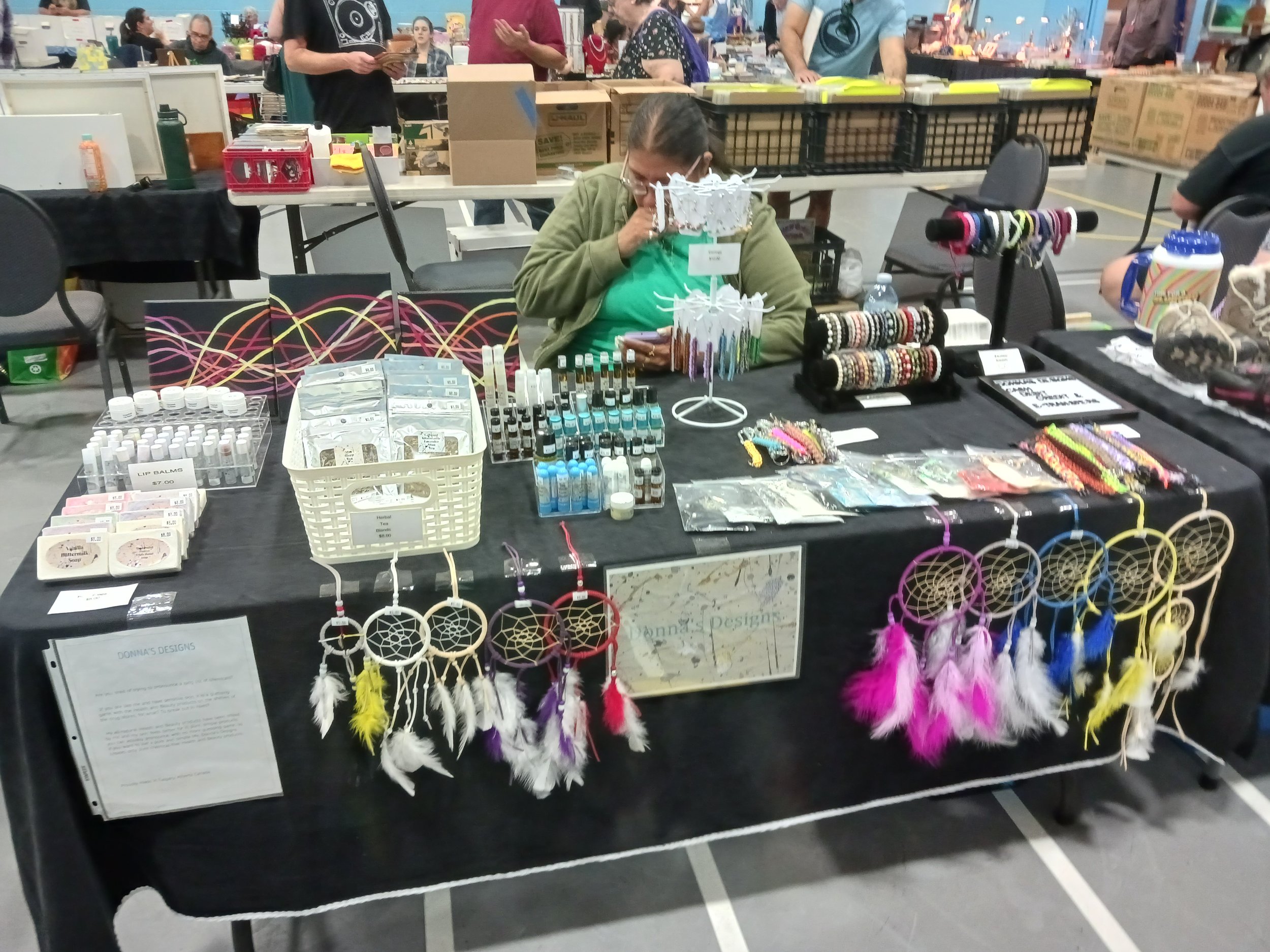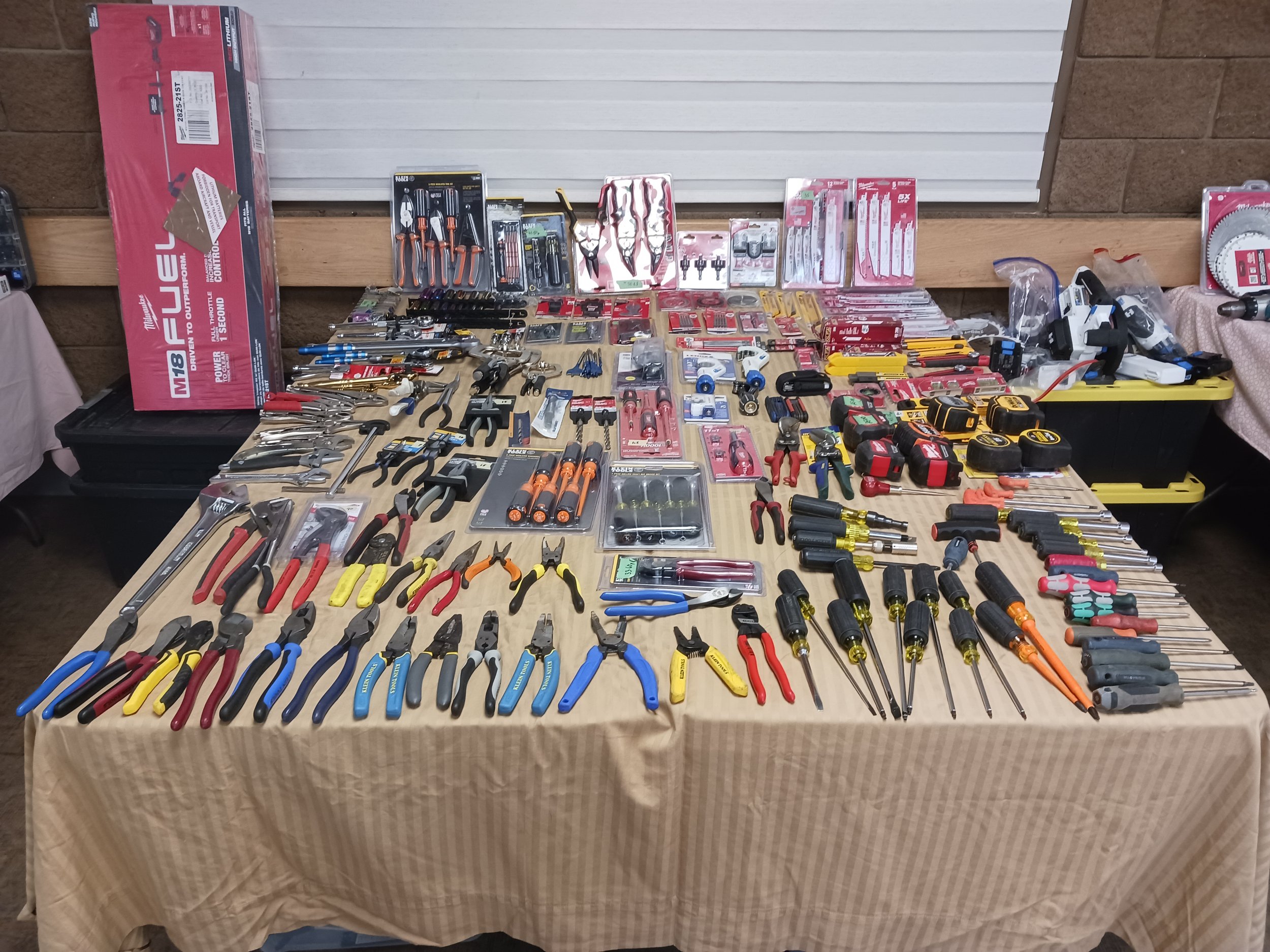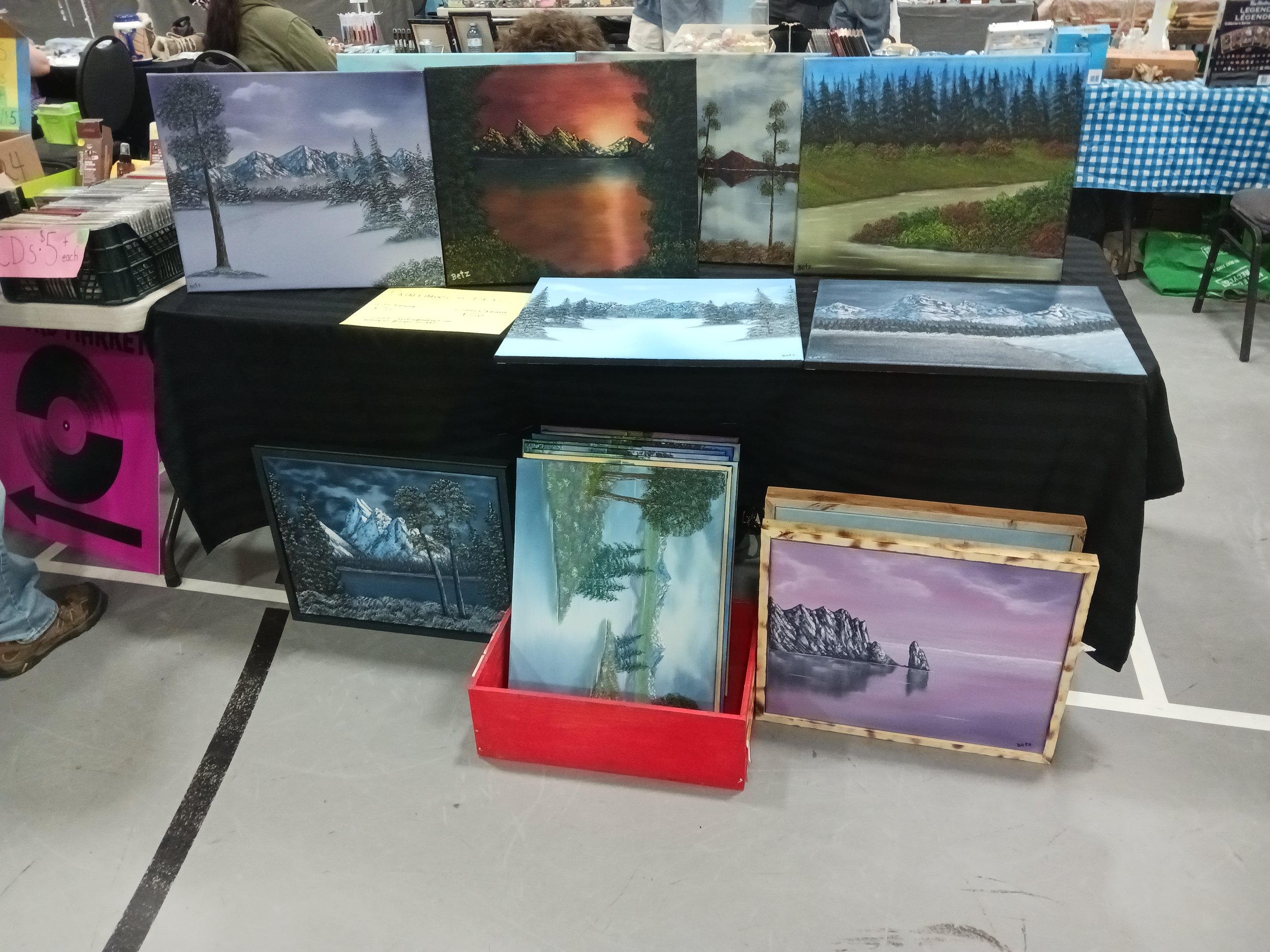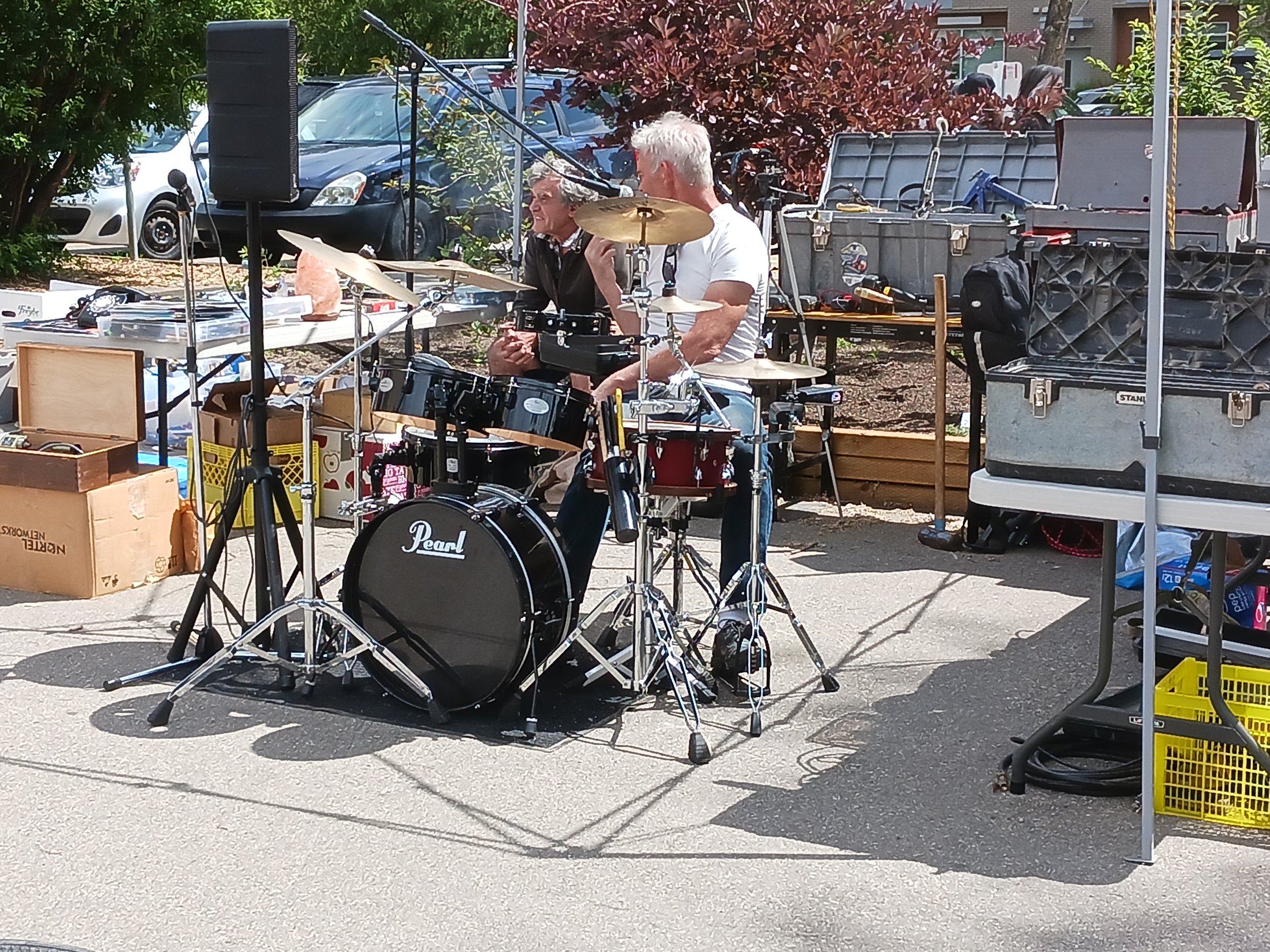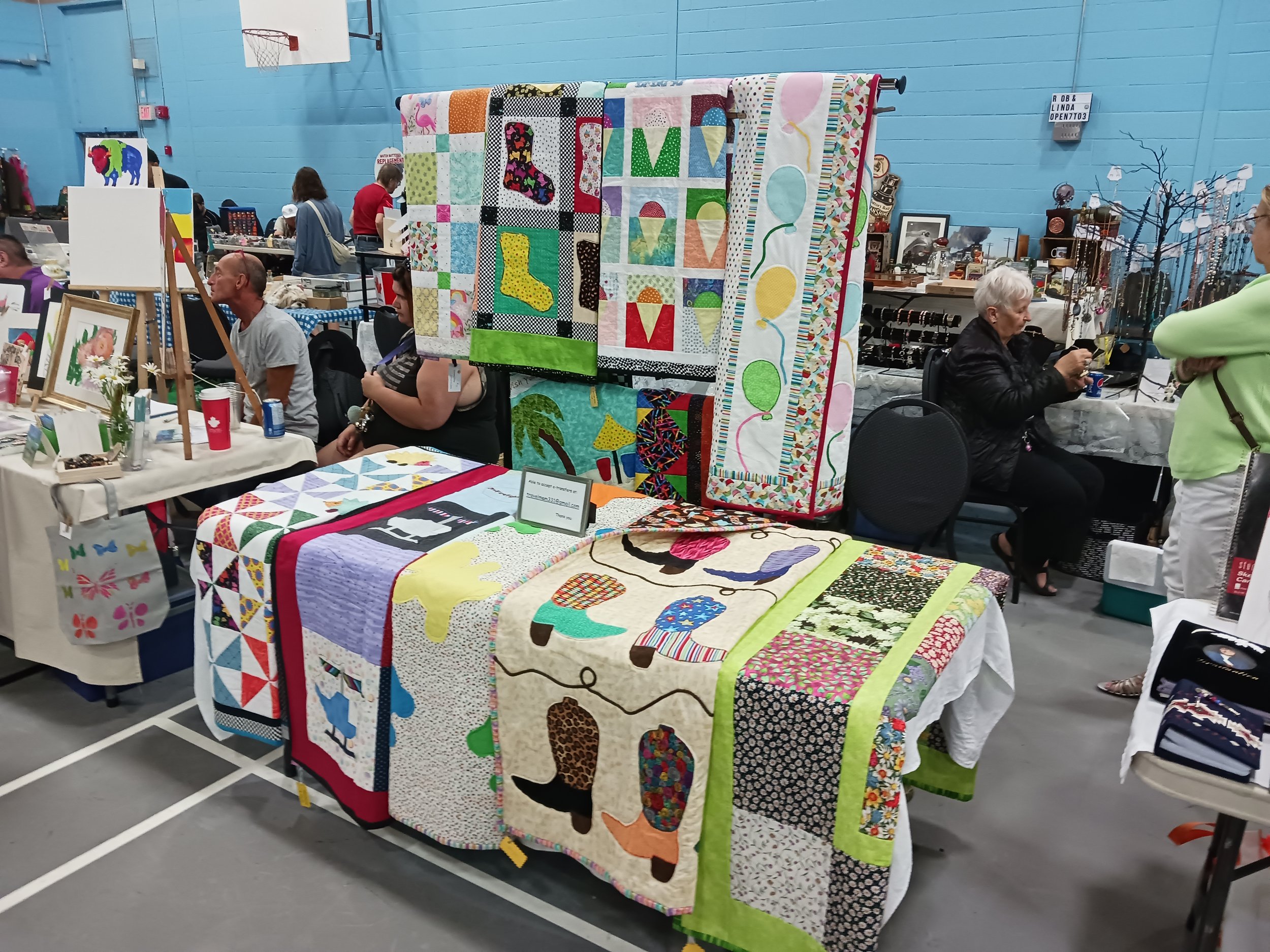By Tim Schaefer
Have you ever wondered why Kensington Road, between Crowchild and 14 St NW, became a wide 4-lane street? The City of Calgary’s online aerial photo archive helps answer this question. It also sheds light on why narrowing it to make it a safer, more comfortable street for locals makes a lot of sense. Let’s walk through the photos below.
In 1926, the main east-west street in the area is Bowness Road. Kensington Road is not much more than a dusty trail, but it is beginning to form around 16 St NW. Calgary’s population was 65,000 and there really wasn’t much west of Hillhurst. The only bridge crossing in the area is the Louise Bridge at 10 St NW, so people used Bowness Road to make their way to that bridge.
In 1948, Bowness Road looks more prominent, but Kensington Road is very busy moving people on the Calgary Municipal Railway’s trolley service. There are two routes operating on Kensington Road. One that goes out to the community of Bowness, the other known as the Grand Trunk that did a loop around West Hillhurst. Calgary’s population is just over 100,000 and Hillhurst area residents would rely on Kensington Road’s trolley service to commute to work and travel within the city.
In 1953, you can really see the post-World War II expansion. West Hillhurst has really filled in! The baby-boom is underway and so is the age of the automobile. With these events, the 1953 photo shows a change to Bowness Road. It has been disconnected from Parkdale Boulevard. Kensington Road is now handling both the vehicle and trolley traffic flowing from Parkdale Boulevard. This change is likely due to Kensington Road providing better flow with its connection with 10 St NW, whereas Bowness Road did not.
Calgary has grown to 150,000 people and with many now driving their own vehicles, the trolley tracks are soon removed from Kensington Road making way for more vehicle lanes. This is how Kensington Road came to have 4 lanes for cars.
In 1966, with a population of over 330,000 people, Calgary begins acting on some major road projects. Only 14 years after connecting Parkdale Boulevard to a widened Kensington Road, the routing of Parkdale Boulevard has changed again! It is now connected to a brand-new Memorial Drive.
Kensington Road has been dethroned, and the highway-style Memorial Drive now serves as the main flow of east-west traffic. A major interchange is also under construction that once opened, as shown in the 1969 photo, has 24 St NW turned into Crowchild Trail and a new multi-lane bridge over the Bow River.
At this point, it would seem Kensington Road should be turned back into a quieter two-lane street like all the other streets in the neighbourhood. Cars took over the trolley track space in the 1950s when the capacity was needed, but surely that was no longer required. But that didn’t happen, despite the aerial photos showing Memorial and Crowchild are obvious highway bypasses. One can presume it was easier politically to keep Kensington Road the way it had been built up rather than tear out lanes.
In August 2023, the City finally reduced Kensington Road to 2 lanes albeit through temporary measures. So, are 4 lanes needed on this 1.6 km stretch? People driving east-west through the area should be using Memorial instead, and interestingly the data suggests they are. The City’s CalTRACS system has Kensington Road’s daily volume in June 2023, prior to the temporary changes, at 8,700 per day, an amount that doesn’t really warrant 4 lanes. Memorial Drive on the other hand handles 40,000 per day on its 4 lanes.
Calgary seemingly chose to keep Kensington Road a fast 4-lane artery for over 50 years, when arguably it wasn’t needed. That’s why it’s so great to see the City finally give Kensington Road back to the locals. Having a 2-lane street with a lower speed limit and several marked crosswalks with flashing beacons are excellent improvements. These enhancements provide seniors, moms, dads and most importantly kids (of all ages) who live in the area the ability to safely and comfortably walk in the neighbourhood they call home.
If you support the changes the City has made, or have suggestions on how it could be improved, its important you let them know through 311.
Project site: calgary.ca/roads/kensington-rd-safety-improvements.html
Aerial Photo Archive: maps.calgary.ca/CalgaryImagery/
CalTRACS visit: trafficcounts.calgary.ca
Photos below taken from City of Calgary’s Aerial Photo Archive





















